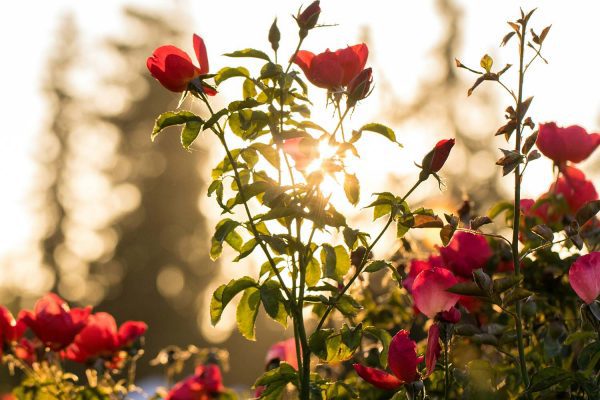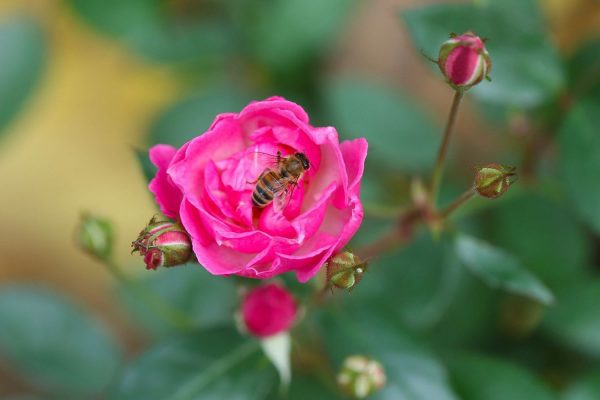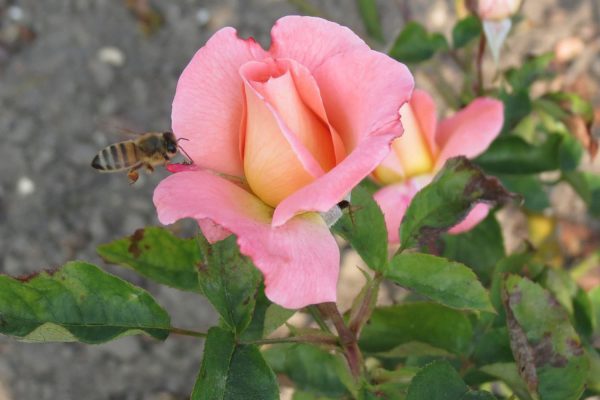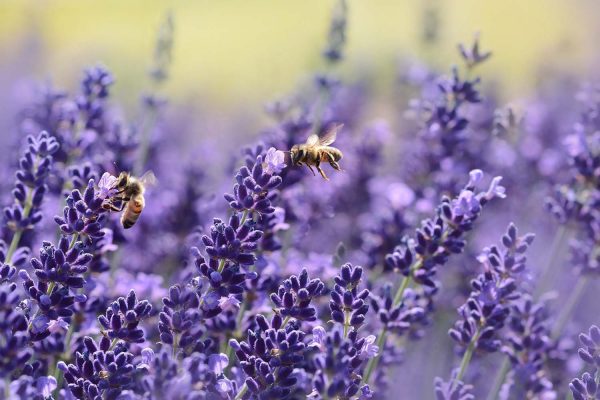Celebrating St Valentine’s Day with honeybees
An interesting fact about honey and its connection to Valentine’s Day is that honey has been used for centuries as a neutral aphrodisiac and symbol of love.
In ancient times, honey was believed to increase energy and stamina, making it a popular choice for romantic occasions.
Additionally, the sweet and luscious taste of honey has long been associated with passion and desire, making it a fitting addition to Valentine’s Day celebrations.
Honey as a token of love and affection
Honeybees and St. Valentine’s Day are connected through the custom of giving honey as a token of love and affection. In ancient times honey was considered a luxury item and a symbol of sweetness and devotion.
This tradition has carried on through the ages, with people exchanging honey as a gift on Valentine’s Day to express their love and appreciation for each other.
The love of honey on Valentine’s Day
Honey has been associated with love and affection for centuries, making it a fitting symbol for Valentine’s Day.
Here are some reasons why honey is connected to love on this romantic holiday:
- Sweetness: Honey is naturally sweet, making it a symbol of the sweet and delightful aspects of love. Just as honey adds a touch of sweetness to foods and beverages, love can add sweetness to our lives and relationships.
- Nourishments: Honey is a nourishing food that provides energy and sustenance. In the same way, love nourishes the soul providing comfort, support, and strength to those who experience it.
- Longevity: Honey is known for its long shelf life and ability to stay preserved for an extended period. This equality of honey symbolizes the enduring nature of love which can withstand challenges and grow stronger over time.
- Healing: Honey has been used for its healing properties in various cultures and traditions. In love too, there is the power to heal wounds, mend broken hearts and bring confrontation and solace to those in need.
- Beauty: Honey can be visually appealing with its golden hue and shimmering texture. Love is often described as beautiful, bringing joy, warmth, and light into our lives.
- Bees and pollination: Honeybees play a crucial role in pollination, enabling plants to reproduce and thrive. Interestingly, honeybees are the primary pollinators of many plants that produce the flowers we associate with Valentine’s Day, such as roses and lavender.The interconnectedness of bees, honey and flowers reflects the interconnectedness of love, relationships, and the natural world.
St Valentine’s Day: A time for reflection and action
There is no doubt in the environmental importance of bees and their indispensable contribution to ecosystem health and biodiversity. So as we celebrate Valentine’s Day, let us remember the deeper significance of this holiday beyond its commercial aspects.
Let us honour the legacy of St. Valentine by embracing love in all its forms and by nurturing the natural world that sustains us.
We encourage readers to reflect on the interconnectedness of love and nature, and to take action to protect bees and preserve the delicate balance of our planet’s ecosystems.
Whether through supporting local beekeepers, planting pollinator-friendly gardens, or advocating for bee-friendly policies, each of us can make a difference in safeguarding the precious gifts of love and nature for generations to come.
The enduring legacy of St Valentine
The intersection of honeybees and St. Valentine’s Day emphasises the importance of love, nature, and the interconnectedness of all living beings. It serves as a reminder to appreciate the beauty of the natural world and the role that the bees play in sustaining it.
Let us embrace the spirit of compassion, dedication, and environmental consciousness embodied by St. Valentine, and let us work together to protect the precious gifts of love and nature for generations to come.



